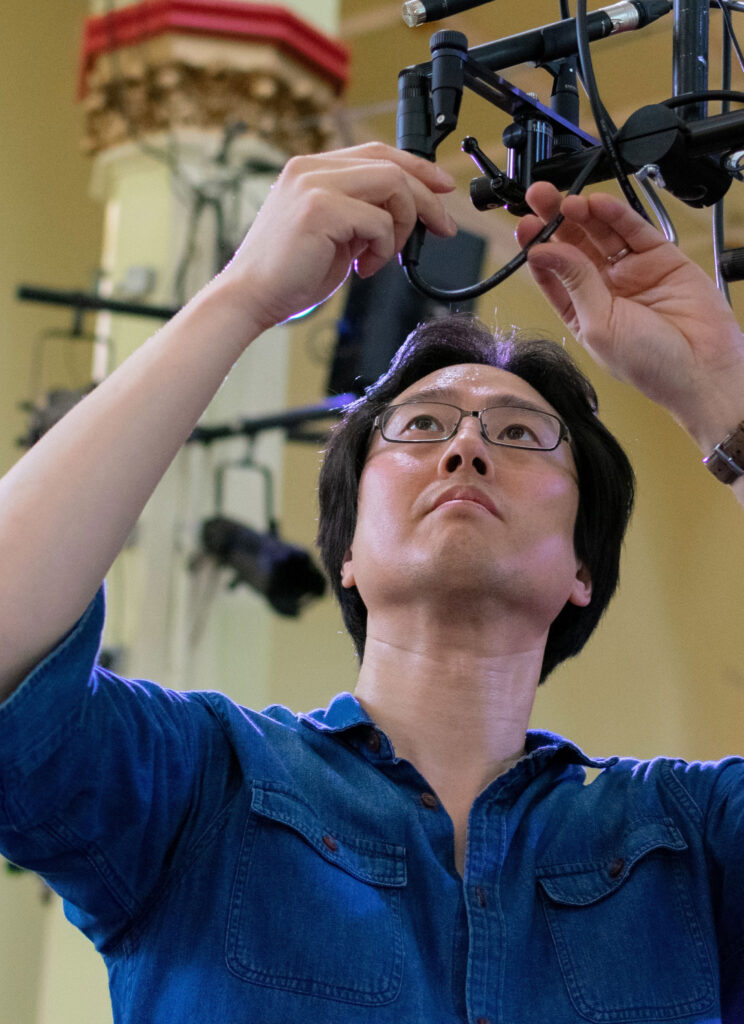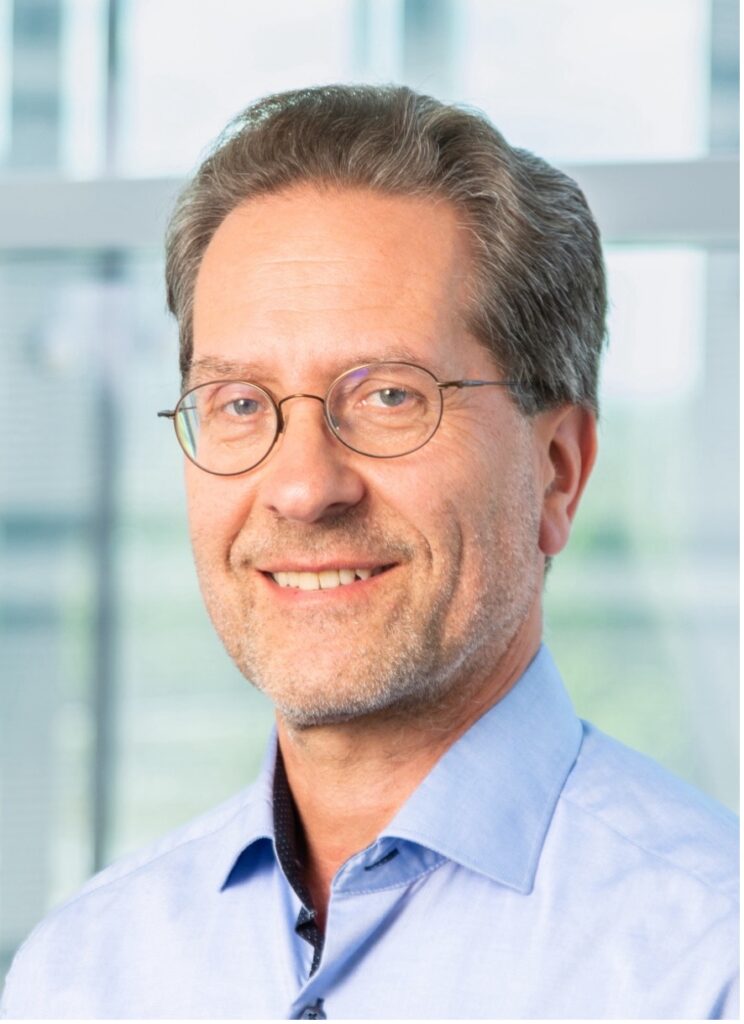

Embarking on my professional journey as a young DSP engineer at Fraunhofer IIS in Erlangen, Germany, in 1989, I quickly encountered a profound insight that would shape my entire career in audio: audio is not merely data like any other set of numbers; its significance lies in how it sounds to us as human listeners. The sonic quality of audio signals cannot be captured by simple metrics like ‘signal-to-noise ratio.’ Instead, the true goal of any skilled audio engineer should be to enhance quality in ways that are genuinely perceptible through listening, rather than relying solely on mathematical diagnostics.
This foundational concept has been a catalyst for innovation throughout my career, from pioneering popular perceptual audio codecs like MP3 and AAC to exploring audio for VR/AR and AI-driven audio coding.
Join me in this lecture as I share my personal 36-year research journey, that led me to believe that in the world of media, it’s all about perception!
After studying electrical engineering at University of Erlangen-Nürnberg, Germany, Jürgen Herre joined the Fraunhofer Institute for Integrated Circuits (IIS) in Erlangen, Germany, in 1989. Since then he has been involved in the development of perceptual coding algorithms for high quality audio, including the well-known ISO/MPEG-Audio Layer III coder (aka “MP3”). In 1995, Dr. Herre joined Bell Laboratories in New Jersey, USA, for a Post-Doctoral term working on the development of MPEG-2 Advanced Audio Coding (AAC). By the end of ‘96 he went back to Fraunhofer IIS to work on the development of more advanced multimedia technology including MPEG-4, MPEG-7, MPEG-D, MPEG-H and MPEG-I, currently as the Chief Executive Scientist for the Audio and Media Technologies division at Fraunhofer IIS, Erlangen. In September 2010, Dr. Herre was appointed professor at the University of Erlangen-Nürnberg, Germany, and the International Audio Laboratories Erlangen.
Dr. Herre is a fellow of the Audio Engineering Society and chair of the AES Technical Committee on Coding of Audio Signals. He has been a vice chair and chair of the AES Technical Council for 25 years. He is also a senior member of the IEEE and served as a member of the IEEE Technical Committee on Audio and Acoustic Signal Processing and as an associate editor of the IEEE Transactions on Speech and Audio Processing and was a long-time active member of the MPEG audio standardization group.
Dr. Herre was a recipient of two Fraunhofer Awards in 1992 and 2004, respectively, of the Eduard-Rhein Award in 2015, and the IEEE Industrial Innovation Award in 2020. He is inventor and co-inventor of more than 160 patents in the field of audio signal processing.